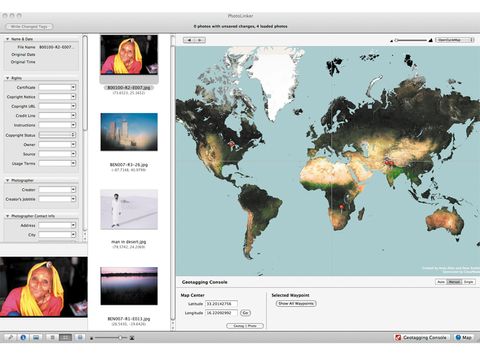

Insights into the first steps of protein folding have increased tremendously over the years because of the many experimental and theoretical methods that made it possible to go beyond the millisecond time resolution of standard stopped-flow or rapid mixing techniques. The results demonstrated that close to 80% of the fluorophore was removed from the immobilized DNA after UV irradiation at 340 nm. Nitrobenzyl Phototrigger for Fast Protein Folding Processes. The photocleavage of the immobilized DNA was investigated directly by fluorescence spectroscopy. photolinker 3 (16.61 g, 71 yield) as a pale yellow solid: melting point 164. The core of each linker is based primarily on the ONB group,4042 where its benzylic alcohol serves as the photolabile site for its covalent conjugation with an MTX molecule. The biotin moiety allowed immobilization of the fluorescent DNA on streptavidin-coated glass chips. Many variations of this ortho-nitrobenzyl linker were developed later. The two photolinker molecules 1 and 2 used in this study are shown in Figure 3. Our experimental results indicated that the proximity of the chromophore 6-carboxyfluorescein to the 2-nitrobenzyl linker did not hinder the quantitative photocleavage of the linker in the DNA molecules. The photocleavage products were characterized by HPLC and matrix-assisted laser desorption ionization/time-of-flight mass spectrometry. UV irradiation (lambda approximately 340 nm) of solutions containing these fluorescent DNA molecules caused the complete cleavage of the nitrobenzyl linker, separating the fluorophore from the DNA. Three single-stranded DNA molecules of different lengths were synthesized and characterized, each containing a fluorescent dye (6-carboxyfluorescein) connected to the 5' end via a photocleavable 2-nitrobenzyl linker and a biotin moiety at the 3' end.


 0 kommentar(er)
0 kommentar(er)
